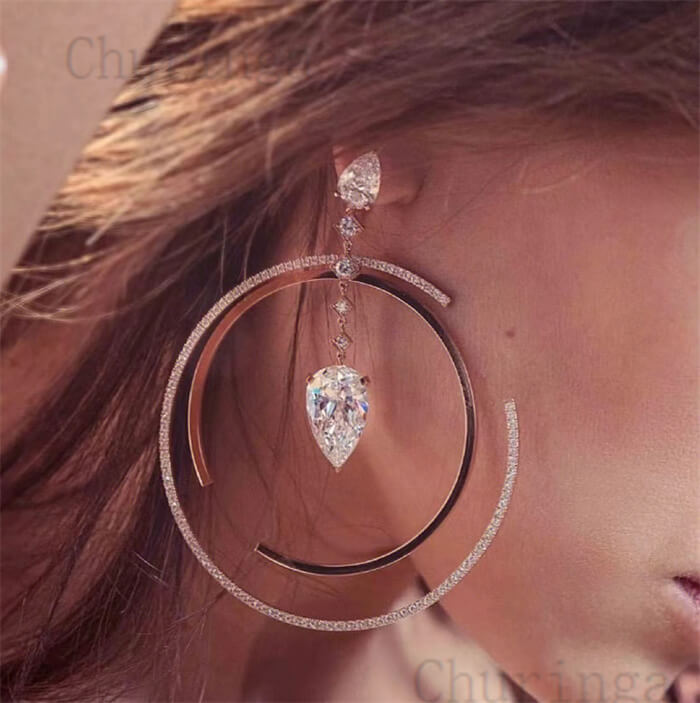While turning up the heat and the pressure seldom has positive results for people, but the same can’t be said for steel. Closed die forging does exactly this, turning a hot, high-pressure environment into a near perfect steel product.
How Does Closed Die Forging Work?
Unlike open die forging which manages large pieces of metal which are manipulated into shape by pressing or hammering, and most often machined into their final shape, closed die forging is a simpler process for smaller pieces.
A closed, preformed die accepts the heated material into a negative image, after which the second section of the die closes and forces the metal into the required shape.
Why Choose The Closed Die Forging Process?
Closed die forging is ideal for high volume runs of small products, where it delivers a low cost per unit price and a near perfect product at high speed.
Tolerances
It does take time and money to create the die, but once that process is out of the way, manufacturing is a breeze. Near perfect pieces can be stamped out with little or no post-machining required, and engineers can enjoy the smallest of tolerances which is ideal for precision pieces. Closed die processes allow for “made to fit” pieces, every time.
Strength
This forging process manipulates the metal in a way which allows for a continuous internal natural grain throughout the part which, in turn, results in a stronger product. Of course, an inherently stronger piece means a longer life and less chance of failure.
Lower Cost
When manufacturing smaller parts at high volume, closed die forging is your best choice. The once-off cost of creating the die means that the same intricate pieces can be churned out without the risk that human error will result in defective parts.
If closed die forging is the process you have been looking for, then we encourage you to chat with the team at Steelmor.

